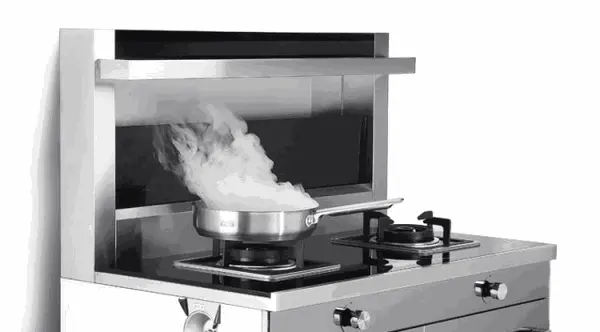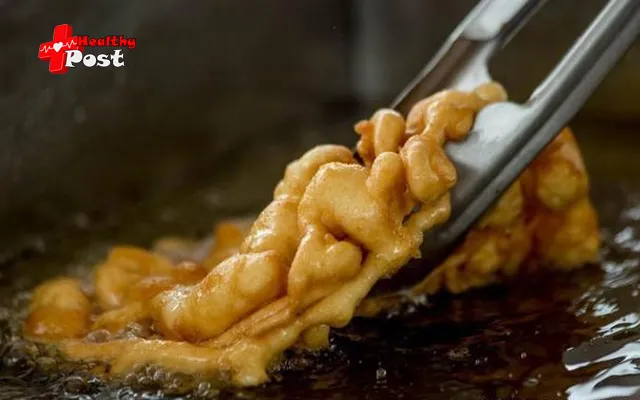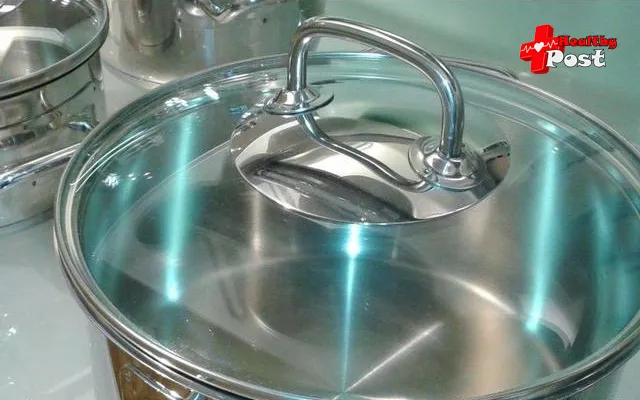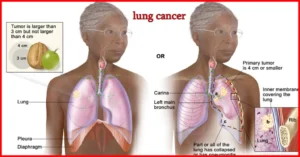
Can kitchen fumes cause lung cancer?
Lung cancer ranks first in the incidence and mortality of malignant tumors in China! Smoking is the primary carcinogenic factor of lung cancer , but most women do not smoke, so many people think that women are less likely to develop lung cancer.
In fact, lung cancer ranks second among cancers in women, second only to breast cancer. In addition to secondhand smoke, kitchen fumes are also listed as a key suspect.
Kitchen fumes, a hidden health killer
Non-smoking women, please take note, lung cancer is watching you! Because many people have a habit of cooking: stir-frying at high temperatures. The “sizzling” sound of the ingredients when they are put into the pot is really a treat for the ears. However, it is a torture for the lungs. There is even a saying that “cooking for an hour is like smoking half a pack of cigarettes.”
A five-year domestic epidemiological survey on lung cancer [2] found that among the risk factors for lung cancer in non-smoking women, more than 60% of patients had a history of long-term exposure to kitchen fumes. Frequent exposure to the kitchen and frequent smoking were almost equally likely to cause lung cancer. In other words, the relationship between kitchen fume pollution and lung cancer in women is very close.
Cooking oil will decompose and produce carcinogens when heated at high temperatures . Kitchen fumes produced by high temperatures contain mutagens and carcinogens such as benzopyrene and volatile nitrosamines. For example, benzopyrene can cause damage to chromosomes in human cells , and long-term inhalation can induce lung tissue cancer.
Moreover, frequent contact with oil smoke will cause the smoke to adhere to the skin, affecting the normal breathing of the skin, and easily accelerating skin aging and spots . SKII, LA MER and other luxury skin care products may not be able to withstand the attack of strong oil smoke.
It turns out that we really have been cooking with our lives! Please take good care of the person who washes his hands and cooks for you every day.

The key to reducing the harm of oil fume is to learn to control the oil temperature
1. Use a pair of chopsticks to teach you how to distinguish oil temperature
Cold oil temperature
Between 0℃-30℃. Because the oil temperature is low, there will be no reaction when you put chopsticks in it.
Low oil temperature
Between 85℃-120℃. Put the chopsticks into the oil and you can see tiny bubbles appear around the chopsticks.
Medium oil temperature (mostly used for cooking)
Between 120℃-180℃. The bubbles around the chopsticks become dense, but there is no sound.
·High oil temperature
Between 180℃-240℃. A lot of bubbles appear around the chopsticks, and there will be a crackling sound.
If you can’t remember, there is another method: after adding oil, throw in shredded ginger and chopped green onion. When you see bubbles start to form evenly around the oil, you can add the ingredients and stir-fry.
2. Choosing the right oil can also reduce kitchen fumes
① Choose high-quality, stable oil with a high smoke point, such as peanut oil, sesame oil, olive oil, etc., which are suitable for cooking methods with higher oil temperatures; while salad oil, sunflower oil, etc. have lower stability and are more suitable for low-temperature cooking such as cold dishes.
② Do not reuse oil. The smoke point of used oil will decrease, which means that more oil smoke will be produced when cooking.

Get rid of kitchen fumes and stay away from lung cancer
1. The range hood should be turned on early and closed late.
Turn on the range hood before lighting the fire; keep the kitchen ventilated during cooking and do not close the doors and windows tightly; after turning off the fire, the range hood should be turned on for another 3-5 minutes to ensure that any residual exhaust gas is discharged.
2. Choose a thick-bottomed pot.
Because the thin bottom pan heats up quickly, it is easy to produce oil smoke. For novices who are not familiar with controlling the oil temperature, it is difficult to control.
3. Steaming and boiling are the main methods of cooking.
Stir-frying and frying will inevitably produce oil smoke. Relatively speaking, steaming and cold dishes produce less oil smoke.
4. Wear a mask.
Although wearing a mask while cooking at home may seem strange and a bit silly, it can reduce the inhalation of fumes to a certain extent.

Doctor’s Tips
In addition to the above methods, you should also remember to have regular checkups. Not only housewives/husbands and chefs who often deal with kitchen fumes, but also people at high risk of lung cancer should undergo a low-dose spiral CT scan of the chest once a year to detect and treat early.
Attached is the high-risk group for lung cancer:1. Smoking ≥ 20 packs/year, including those who have quit smoking for less than 15 years (a pack-year is the number of packs smoked per day multiplied by the number of years of smoking);2. Passive smoking (frequent exposure to second-hand and
third-hand smoke );3. History of occupational exposure (exposure to asbestos, beryllium, uranium, radon, etc.);4. History of malignant tumors or family history of lung cancer;5. History of
chronic obstructive pulmonary disease or diffuse
pulmonary fibrosis .

